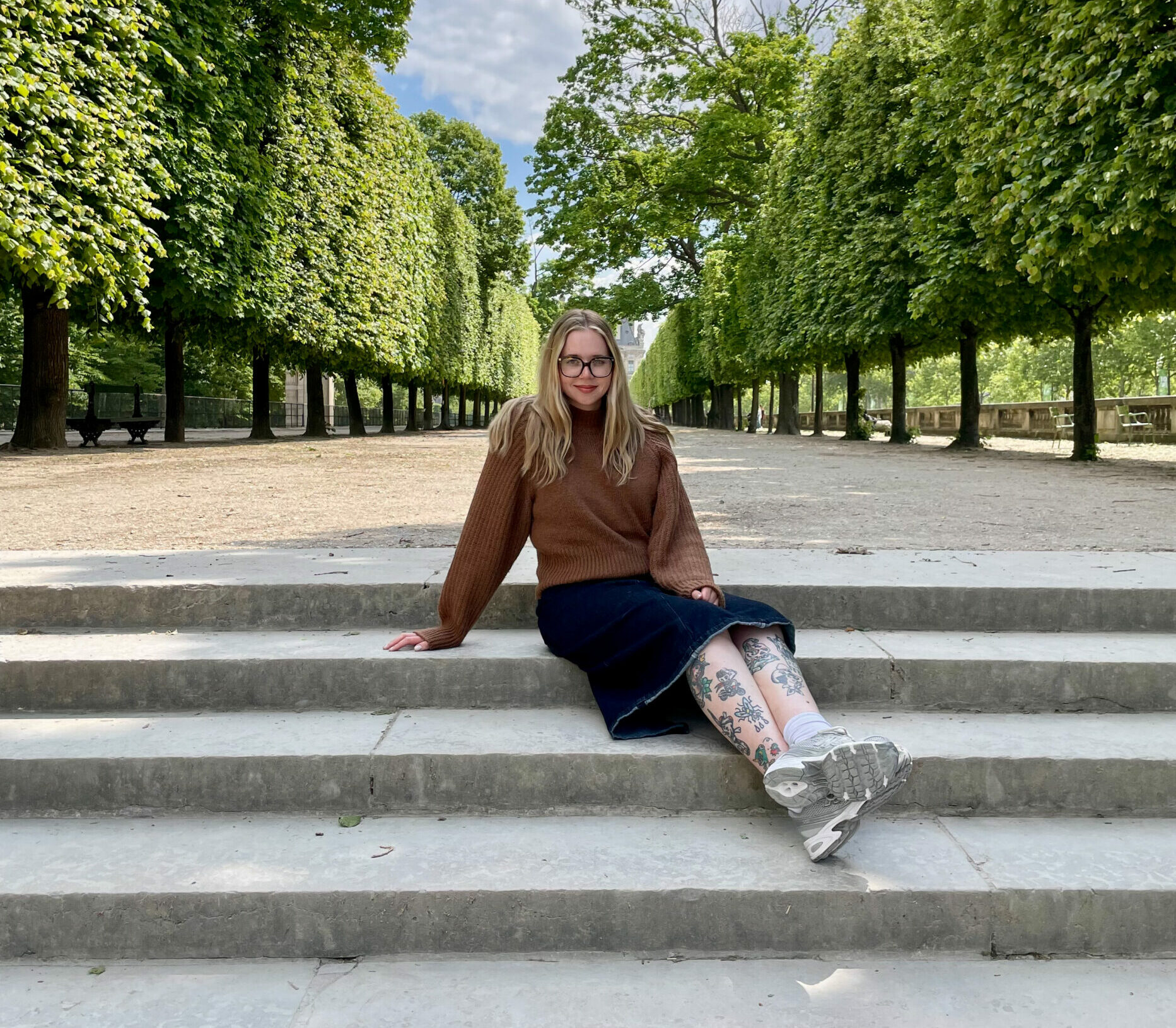In June 2024, shortly after turning 30, I was diagnosed with an unprovoked blood clot in my lower left leg (deep vein thrombosis, or DVT). The diagnosis and the sudden need to start blood thinners felt like a death sentence. I was terrified and didn’t know where to turn.
Once the clot was discovered, I was started on apixaban immediately and told to follow up in a few months for genetic testing to uncover why the clot had formed in the first place. Estrogen-based birth control was my only known risk factor.
I eventually found an excellent team of specialists, a vascular doctor, primary care physician, hematologist, and rheumatologist, who worked collaboratively to order the appropriate genetic tests after six months on apixaban.
In May 2025, nearly a year after the clot was first identified, I finally received a diagnosis: triple positive antiphospholipid syndrome (APS) and chronic venous insufficiency (CVI).
From there, I transitioned from apixaban to warfarin, using an injectable medication called enoxaparin to bridge between the two. It took months for my body to stabilize within a therapeutic range, and I’m still learning about warfarin’s sensitivities and how to manage my INR — a standardized measure of how long it takes for your blood to clot, which is used to ensure warfarin stays at a safe and effective level.
This has been the most unexpected and discouraging journey of my life, but I continue to challenge myself, advocate for myself, and encourage others to do the same.
I’m still adjusting to this new reality of bloodwork every two weeks, wearing compression socks every day, INR monitoring, routine ultrasounds, and the understanding that lifelong management will be part of my care.
My goal as a young woman living with vascular and blood disorders is to raise awareness and promote healthy blood flow habits, such as leg elevation and wearing compression socks. There is simply not enough information or visibility for young women with autoimmune and clotting disorders, especially those with APS or CVI.




